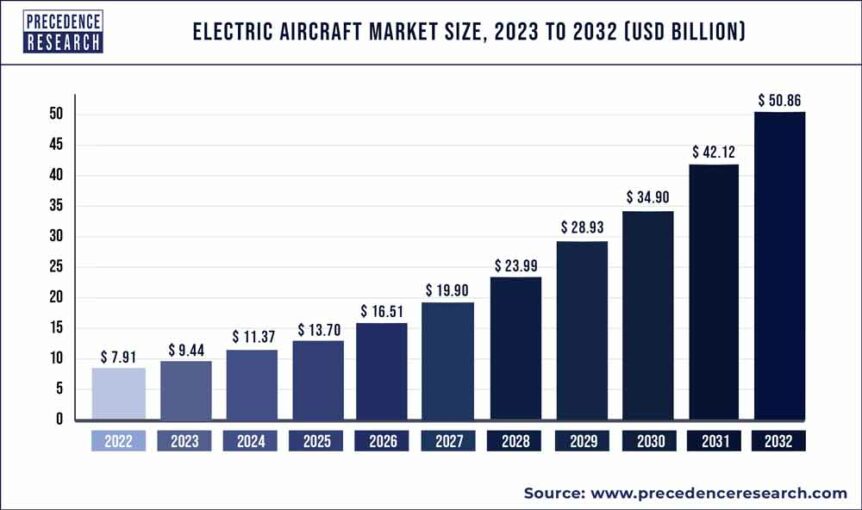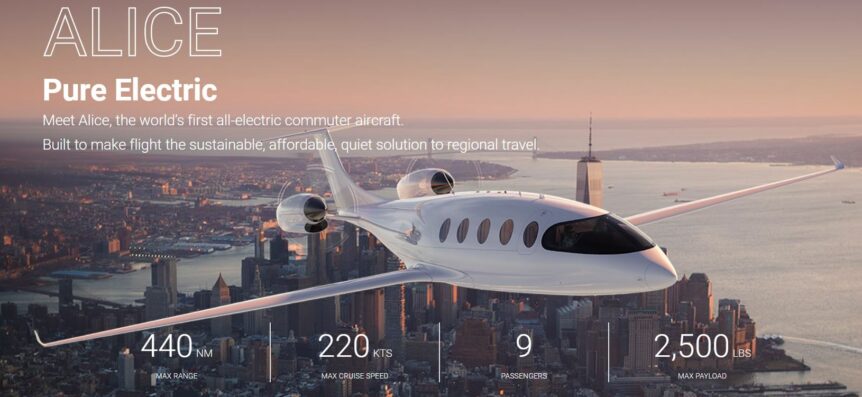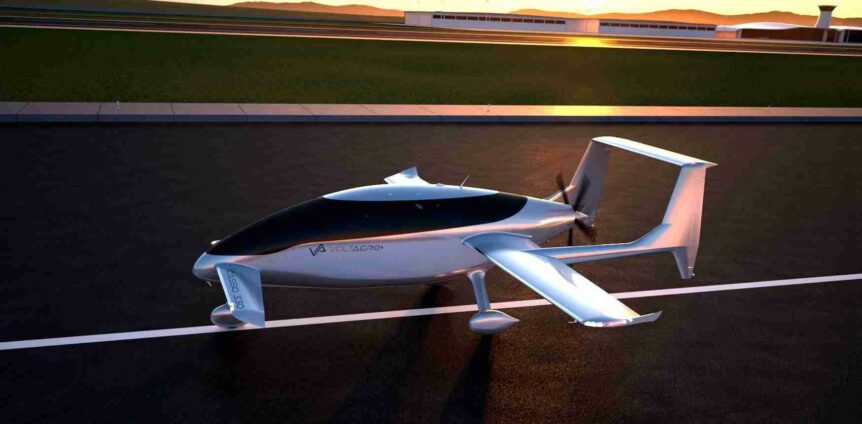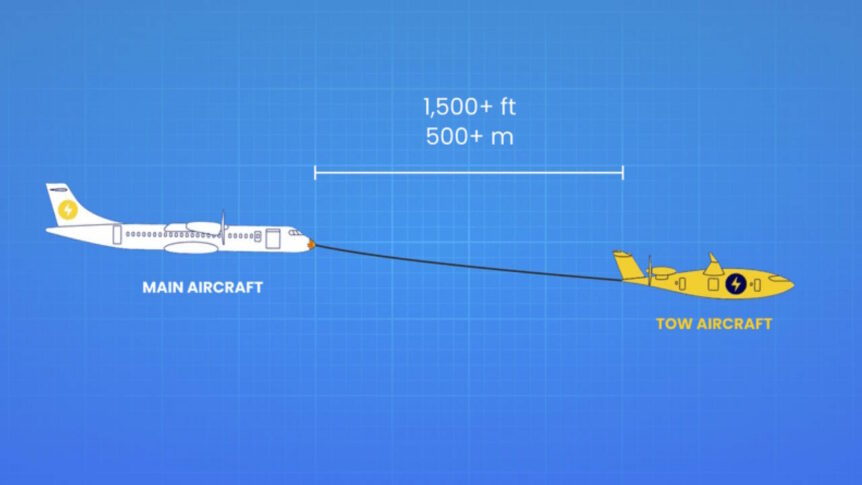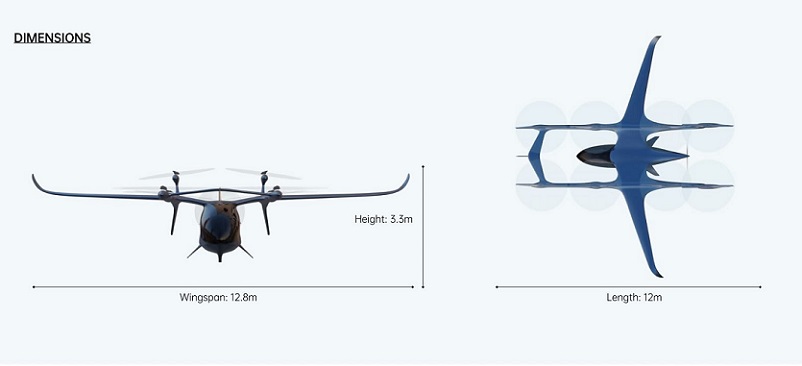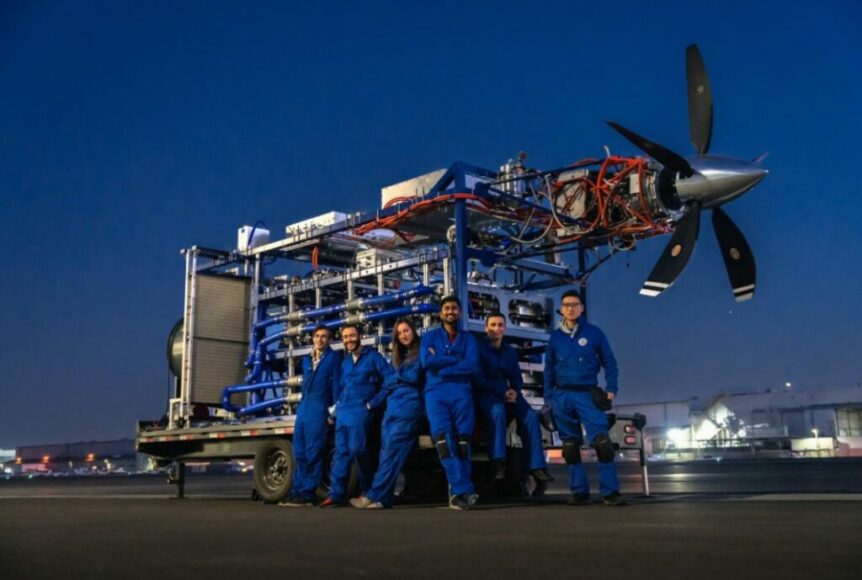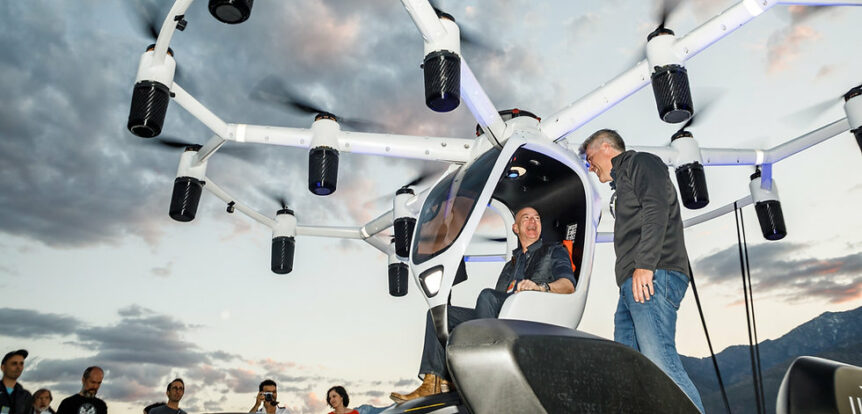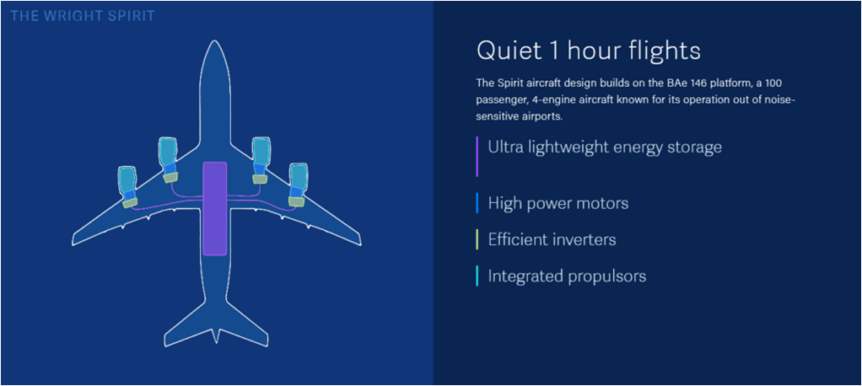We have a few more solid- or semi-solid-state batteries to share in this round of encouraging battery news. We start with an overview by Dave Borlace that includes a few batteries discussed in last week’s entry, and some interesting takes on three more makers. WeLion/NIO and Must See TV Setting a 650 mile record on a single charge, the NIO ET7 managed altitude, temperature, and distance. “The 14-hour journey from Shanghai to Xiamen breaks barriers, despite cold temperatures (starting off in 28° F (-2°C), proving the electric vehicle’s remarkable capabilities.” Going that far on a single charge is an appreciable accomplishment. Critics cite the 150 kilowatt-hour battery as being half-again as energy-packed as most EVs pack, but the relatively light weight of the pack allows the additional energy to be carried. William Li, NIO’s CEO and Chairman, set the car on “the NOP+ semi-autonomous driving system activated for 92% of the journey. The average speed was 83.9 km/h (52.13 mph),” …
Worldwide Battery Developments
Worldwide, batteries are getting a great deal of backing, but probably not at the level of China’s push to rule over world electric vehicle markets. Recently, China awarded BYD $3.7 billion to enable it to pursue dominance of the world EV market. According to Bloomberg.com, “Virtually all of China’s listed companies received direct handouts in 2022, the Kiel Institute [for the World Economy] said, flagging support for wind, solar and railway rolling stock companies. Industry aid in China is “at least three to four” times higher than in large EU and OECD countries, the group said.” The European Union is busy investigating China’s underwriting of its own auto industry in what the EU sees as an anti-competitive advantage in an ongoing EV price war. America, for the most part, and aside from relatively minor Advanced Research Project Agency – Electric (ARPA-E) funding, does not seem to encourage EV development. What usually starts with automotive advancement eventually finds its way skyward. …
China’s Solid State, Long Life Batteries
China seems to be leading the way in battery development, with recent announcements of increased energy density solid-state batteries, and batteries that can last for close to a million miles of service. The two companies are reporting batteries already in service or close to being released to the public. Tailan New Energy Doubles Down Reporting in Electrek, Scooter Doll reports Tailan New Energy has announced vehicle-grade all-solid-state lithium batteries with energy density “twice that of other cells in the segment.” Only six years old, the firm has taken a leading role in the battery industry. The Energy Viking reports further. Tailan has achieved a 120 Amp-hour solid-state battery cell using “ultra-thin and dense composite oxide solid electrolytes, high-capacity advanced positive and negative electrode materials, and an integrated molding process.” Housing an energy density of 720 Watt-hours per kilogram, twice that of other batteries installed in passenger electric vehicles in China, these new cells could effectively double the mileage per charge. …
What’s Eviation’s Alice Up To Lately?
Eviation puts its intentions front and center on its web site. “OUR VISION: To launch a new era of more sustainable, scalable, and affordable transportation.” They follow this up with, “OUR MISSION: To build beautiful electric airplanes using advanced technology and impeccable design, imagined and built by a committed and expert workforce.” And Alice did fly a beautiful test flight on September 27, 2022 – and since then it’s not flown again. According to FlightGlobal.com, Alice’s makers felt the single flight was enough to have “generated terabytes of data.” Gregory Davis, then the company’s CEO stated, “What we have been doing is focusing on what we need to get the airplane to the next stage. We don’t need to fly the aircraft again and again [at this point] – let’s focus on advancing the design.” With certification perhaps four years away, then CEO Davis seemed to indicate everything was open to change, including the MagniX motors that had powered the only …
Voltaero’s Cassio Progress
A year ago, VoltAero, a French company grown out of Airbus’ early efforts at creating electric aircraft, was test flying a modified Cessna 337 Skymaster. They have made progress from the three motor craft to a range of single-propeller machines with much higher performance – the Cassio. Their pre-prototype mockup has been making the air show and exhibition rounds, moving steadily westward. One Year Ago VoltAero was still promoting their Skymaster derivative, but had been planning on bringing out the first of three similar three-surface aircraft. Dropping the dual Safran 45kilowatt motors of that testbed, the firm went to a single Kawasaki-powered hybrid power system that drives a single five-blade pusher propeller. Jean Botti, former Airbus executive and now CEO of VoltAero, explained the move as a way to lower noise – a significant need for modern aircraft often operating in urban environments. The hybrid system enables the internal combustion (thermal) engine to recharge batteries in flight and act as …
Ampaire Acquired Two Firms – Expands Possibilities
Anpaire, a leader in hybrid aviation, announced it has just acquired two firms. Magpie Aviation, a somewhat audacious startup that has created a remarkable way of towing battery-powered electric airplanes hitherto unattainable distances. Ampaire also acquired Talyn Air, a startup offering an eVTOL (electric Vertical Take Off and Landing) solution to extending range. Both firms take unusual approaches to the problem. It’s not like Ampaire doesn’t put enough mileage on its own hybrid aircraft – 25,000 at last count. Ampaire has flown its Cessna 337 push-pull twins in Hawaii, Scotland, and England and converted Cessna Caravans to Ampaire’s hybrid drive. Adding range up to a thousand miles at a time, Magpie hooks up to an otherwise range-limited aircraft and can tag team the craft on multiple hookups. On another front, Ampaire has also brought Talyn Air into the fold, using a lifting craft to take a cruise machine to launch altitude. Add to the new airframe types Ampaire has included …
AutoFlight Celebrates Two Milestones
AutoFlight, the Chinese firm founded by Tian Yu (Yuneec), celebrated two milestones, although maybe not “firsts” as described in the company’s press releases. Both, however, are impressive and worthy of note. First Intercity Flight AutoFlight claims to have flown the first inter-city electric air-taxi demonstration flight between the southern Chinese cities of Shenzhen and Zhuhai. In an autonomous trip, AutoFlight’s five-seat Prosperity eVTOL (electric Vertical Take Off and Landing) aircraft flew the 50km (31 miles) route from Shenzhen to Zhuhai. The flight across the Pearl River Delta took just 20 minutes, a journey that would require three hours by car. For those with the funds to make the flight the difference in time is incalculable. According to the company, “This marks the first public flight of an eVTOL aircraft on a cross-sea and inter-city route, spanning across the bay where the Pearl River meets the sea, connecting the two southern Chinese cities.” In 2021, Australians flew a Pipstrel Alpha Electro …
Universal Hydrogen End-to-End
In an “end-to-end” demonstration of its proprietary liquid hydrogen module, Universal Hydrogen Co. has successfully run a megawatt-class fuel cell powertrain. “End-to-End,” in this case means “[the] demonstration of a hydrogen molecule moving from our filler/dispenser into our storage module and then into our powertrain is the first time that all the pieces of our product portfolio for regional aviation have come together,” said Paul Eremenko, co-founder and CEO of Universal Hydrogen. “The next step is to upgrade our flight testbed to fly the powertrain fueled by our modules.” In a simplified interface for a complex process, the liquid hydrogen module “is the core of the company’s fuel services offering for aviation.” Looking like any other intermodal freight and airport cargo handling equipment, each module contains 200 kilograms (440 pounds) of liquid hydrogen. Capable of storing it for long periods without boiloff, the module’s internal systems convert the cryogenic H2 into a warm gaseous H2 consumed by the powertrain Designed …
Three Personal Flyers You Can Buy
…Or Invest In We exhibit here three personal flyers you can buy today or within a year or so. Perhaps that wait might be prolonged in some instances because a few of the makers are also looking for investors. Recent instances of troubles getting a certain stainless steel electric pickup to market come to mind, for instance. As always your mileage may vary. Doroni H1-X “Engineered for the new generation of personal mobility,” the Doroni H1-X is a sleek little four-fan runabout that can fit in a two-car garage. Two pusher propellers help drive if forward. An owner could roll it out after an overnight charging session and fly up to 60 miles at up to 120 miles per hour, landing and taking off vertically from and to a driveway-size patch. Obviously, with a $300,000 to $400,000 price tag, one expects a well-sorted-out machine that will perform as promised and provide the utmost in safety. To that end, Doroni suggests …
A 1k\Wkg Aluminum-Air Flow Battery
A one kilowatt per kilogram battery would be a literally fulfilled wish in any aircraft designer’s list of desirable advances. Tesla’s drive around with 260 Watts per kilogram in their floors, and Amprius recently announced 500 Watt per kilogram cells. A battery able to store one kilowatt of energy in one kilogram (2.2 pounds) would be an enormous breakthrough for electric aviation. Under “stealth” development before being announced in 2023, the battery could become a fitting companion to the lightweight motors and controllers Wright is crafting. ARPA-E (the Advanced Research Projects Agency–Energy) rewards some very creative teams. One winning team combines Wright Electric and Columbia University in an effort to develop tomorrow’s 4X batteries. Three Project Parts ARPA-E awarded $1,499,098 to “support development of an ultra-energy-dense aluminum battery and novel artificial intelligence system.” Part of the Plane Electrification with 1K energy storage systems program (PROPEL-1K), the award will fund what Wright promotes as “Air-1, [an] elevated temperature battery designed for …


